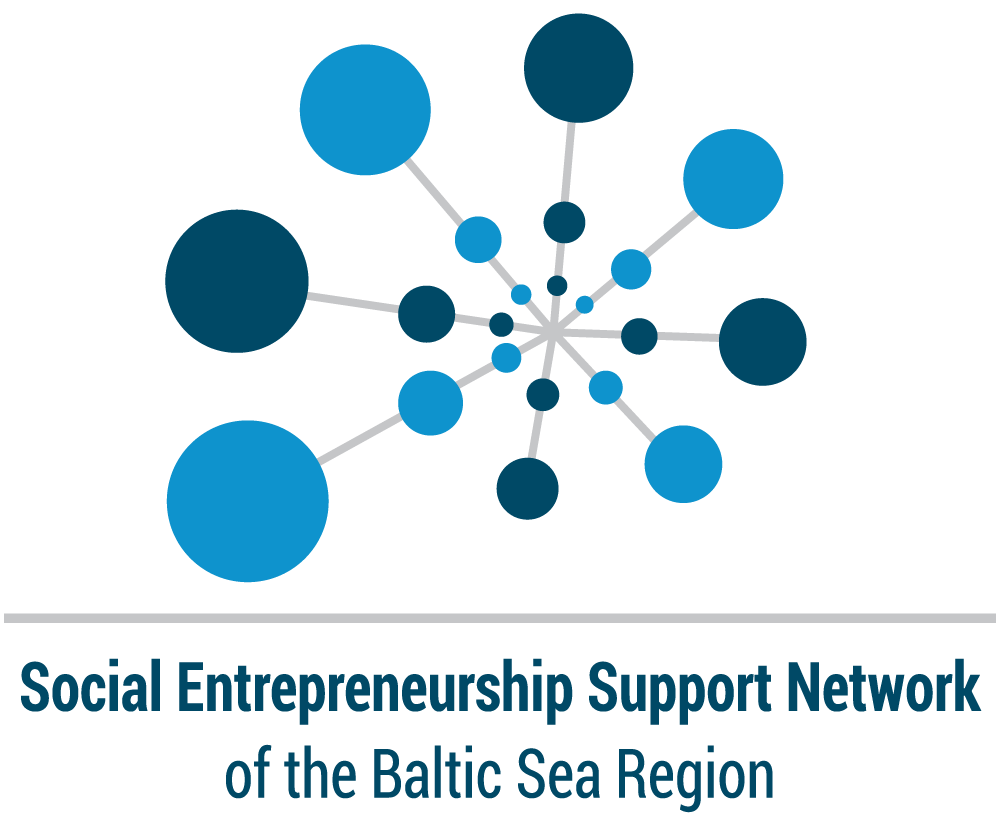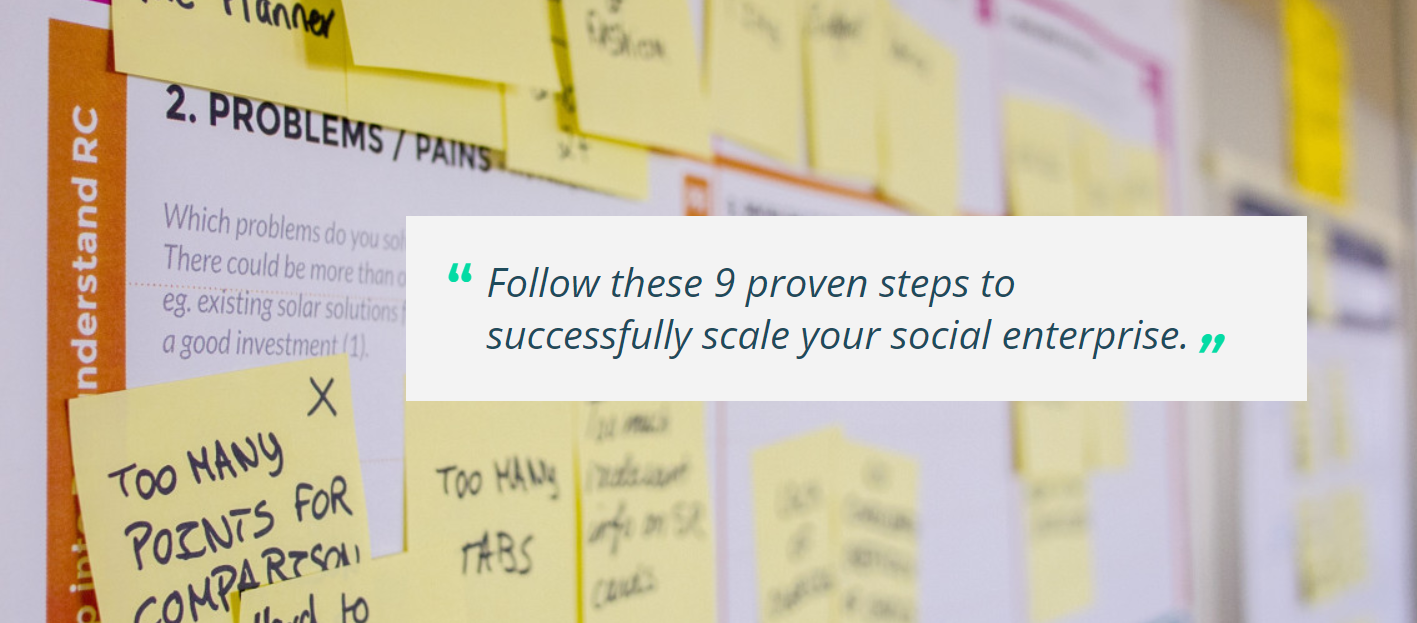As in any other form of business, also in social entrepreneurship one of the most important aspects is the ability to sustain the activities in the long term. This sustainability is only possible if the entrepreneur has developed a successful money-making strategy and is able to generate revenue. University of Cape Town’s Innovative Finance course has listed 10 business strategies that can be used for successful social business.
The first one is the collection of data. Many big businesses use various types of data regarding their customers – it can be all kinds of data that helps them to improve their offer. Social business can choose to sell this data collected from the communities they serve, but different privacy laws and regulations should be kept in mind when choosing this path.
The second business strategy in this list is consulting. Social enterprises very often develop in very narrow niche fields that help them to reach their goals of solving a specific social issue. If the business is successful, social entrepreneurs sometimes can try to develop a replicable system so that this social issue could be solved also in other parts of the world. In such cases, the social business can offer consulting services when the strategy and method is shared with other potential social entrepreneurs in order to transfer knowledge and expertise.
Another business strategy that social entrepreneurs can engage in, is business assistance. Social businesses often work in close cooperation with start-ups and other new establishments, therefore they can provide assistance with such steps as due diligence, investment readiness, and business development.
The fourth strategy that social enterprises can use to generate more revenue is to introduce subscriptions – instead of one-time purchase, offer customers the service or goods on a monthly or yearly basis, therefore making the business more sustainable. Also, more and more social enterprises have chosen to provide pay-as-you-go option when the customer is charged only for the specific amount he has been using the service. This option helps to reach more people, also the ones that would not be able to afford these services in other conditions.
The next method that can be used is to provide education and training. This can be done in different ways – some social entrepreneurs recruit students and then connect them with the employers, moreover, there is also an option to provide training for various organizations and businesses by up-skilling their employees.
This leads to another strategy called revenue sharing. It can happen when the business profits through partnerships – in the most common cases it take the form of market access, but it can also develop to a level of franchising.
The seventh method is risk-sharing. This becomes applicable when social enterprises position themselves to mitigate risks for insurance companies. The popularity of this strategy keeps growing, however it is quite challenging and requires extensive research of risk mitigation and data collection.
The list continues with leasing programs. Named the most underutilized revenue stream among social enterprises, this strategy can prove to be very lucrative if the social enterprise possesses real estate or any other leaseable property.
Another popular strategy is organizing events. This method not only generates profit but, what is more important, helps to accelerate impact through networking and increased visibility. It is a very useful tool for creating fruitful and impactful partnerships as well as gaining the attention of a wider audience to the important ideas or services that the social enterprise is offering.
The list ends with the simplest and most common strategy – product and service sales. This is a known and safe method that many social enterprises use as the starting point of their business, later on complementing it with other revenue-generating methods and strategies.
Read the full article here: https://socialsectornetwork.com/social-enterprise-business-models-10-revenue-strategies/















Very good article. Awesome.